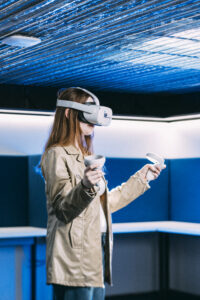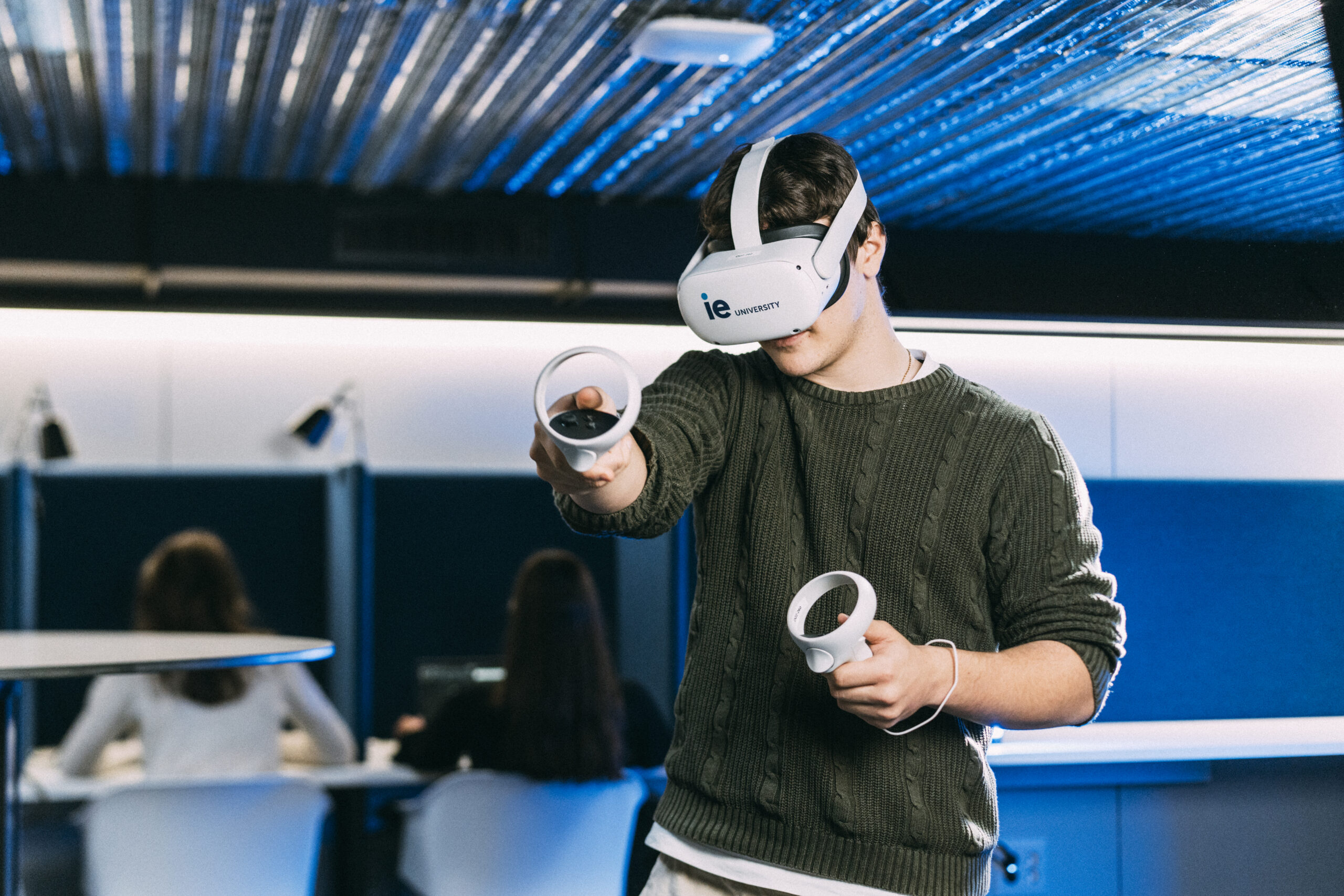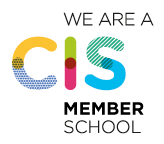At The Global College Madrid, we believe in fostering a dynamic learning environment that caters to diverse learning styles. Enter multi-sensory learning, an approach that engages multiple senses – sight, sound, touch, and even movement – to create a richer and more immersive learning experience. This aligns perfectly with TGC’s flexible learning model, allowing students to learn not just what, but also how they learn best.
Beyond Textbooks: The Power of Multisensory Learning
Traditional classroom settings often rely heavily on textbooks and lectures, which can leave some students feeling disengaged. Multi-sensory learning injects excitement and interactivity into the equation. By incorporating various senses, students can create stronger connections with the material, leading to deeper understanding and improved retention.
VR Takes Center Stage: A World of Possibilities
One particularly innovative way to implement multi-sensory learning is through Virtual Reality (VR). VR headsets transport students to immersive environments, bringing history, science, and even literature to life. Imagine exploring the pyramids of Egypt, dissecting a virtual frog, or walking alongside literary characters – all within the walls of the classroom!
Here are just a few benefits of incorporating VR and other multi-sensory approaches:
- Enhanced Engagement: Multi-sensory experiences are inherently more engaging, sparking curiosity and motivation. Students become active participants in their learning, not passive recipients of information.
- Improved Memory and Retention: Research suggests that engaging multiple senses strengthens memory pathways. When students can see, hear, and even interact with the material, they’re more likely to remember it long-term.
- Deeper Understanding: VR can take students beyond the limitations of textbooks and pictures, allowing them to “experience” complex concepts in a visceral way. This fosters a deeper understanding that goes beyond memorisation.
- Catering to Diverse Learning Styles: Not all students learn the same way. Multi-sensory learning provides a variety of entry points for different learning styles, ensuring all students have the opportunity to grasp the material.
A Perfect Fit for a Flexible Learning Model

TGC’s flexible learning model empowers students to take ownership of their education. Multi-sensory learning complements this approach by providing students with diverse learning tools and experiences. Imagine a student struggling with a historical concept being able to explore it through a VR simulation, while another student who thrives on hands-on activities can build a physical model. Both approaches cater to different learning styles, all within the framework of TGC’s flexible learning environment.
The Future of VR in IB Schools:
VR technology is rapidly evolving, and its potential in education is limitless. We can expect even more sophisticated VR experiences tailored specifically for the IB curriculum. Imagine IB Biology students conducting virtual experiments in a simulated lab, or IB History students exploring the battlefields of World War I in a truly immersive way.
The Takeaway: A Brighter Future for Learning
By embracing multi-sensory learning and innovative tools like VR, TGC is paving the way for a future where education is not just informative, but also engaging and transformative. This approach empowers students to become active participants in their learning journey, fostering a love for lifelong learning that equips them with the skills they need to succeed in the ever-changing world.
So, the next time you step into a classroom at The Global College, don’t be surprised to find students on a virtual adventure or engaged in a hands-on activity. After all, we’re all about unlocking potential through the power of multi-sensory learning!




